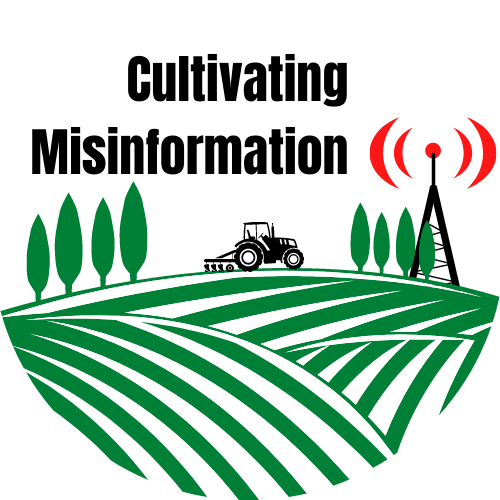
Too often, the news-consuming habits of rural Americans are ignored. This is especially true in relation to misinformation and disinformation showing up in the news they read, watch, or listen to, which can impact levels of trust in the news and in society as a whole. The goal of this research study is to change that. To do so, the pathways to news of individuals living and working in rural and farming communities are being looked at as a way to understand how belief in and the spread of misinformation and disinformation and conspiracy theories happens. Key to this is exploring where such content comes from, which could include partisan media outlets that include, but are not limited to, conservative talk radio, television networks, and social media platforms. Such insights are gained through a combination of surveys and interviews. By embarking on this project, an understanding can be developed about how individuals use and are impacted by the news in ways that allow political division and polarization to flourish, which damages communities, society, and democracy.
If we don’t take care of our democracy, who will?
Society needs a better understanding of how democracy-damaging mis/disinformation and division-inducing polarization are being cultivated, especially in rural America’s fields and pastures. Unfortunately, current research largely ignores the news consumption habits of rural Americans in relation to the prevalence of mis/disinformation within the news and information ecosystem. With the purpose of filling this gap in the literature, this study investigates the pathways to news of individuals living and working in rural communities that lead to the belief in and spreading of mis/disinformation and conspiracy theories.
Contact
Todd R. Vogts, Ph.D.
(620) 245-4551
todd.vogts@gmail.com
@toddvogts
www.toddvogts.com
